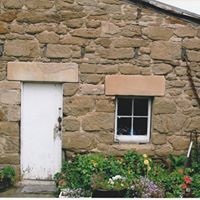In which country did painter Jean-Baptiste Greuze live?
Jean-Baptiste Greuze (21 August 1725 – 4 March 1805) was a French painter of portraits, genre scenes, and history painting.
Greuze was born at Tournus, a market town in Burgundy. He is generally said to have formed his own talent; at an early age his inclinations, though thwarted by his father, were encouraged by a Lyonnese artist named Grandon, who enjoyed during his lifetime considerable reputation as a portrait-painter. Grandon not only persuaded Greuze's father to give way to his son's wishes. He left Lyon for Paris and carried young Greuze with him.
In 1759, 1761 and 1763 Greuze exhibited with ever-increasing success; in 1765 he reached the zenith of his powers and reputation. In that year he was represented with at least thirteen works.
Greuze wished to be received as a historical painter and produced a work which he intended to vindicate his right to despise his qualifications as a genre artist. This unfortunate canvas ("Sévère et Caracalla") was exhibited in 1769. The Academicians received their new member with all due honours, but at the close of the ceremonies the Director addressed Greuze in these words: "... the Academy has respect for your former productions, which are excellent, but she has shut her eyes to this one...". Greuze, greatly incensed, quarrelled with his confreres, and ceased to exhibit until 1804. In the following year, on 4 March 1805, he died in the Louvre in great poverty.
More Info:
en.wikipedia.org

